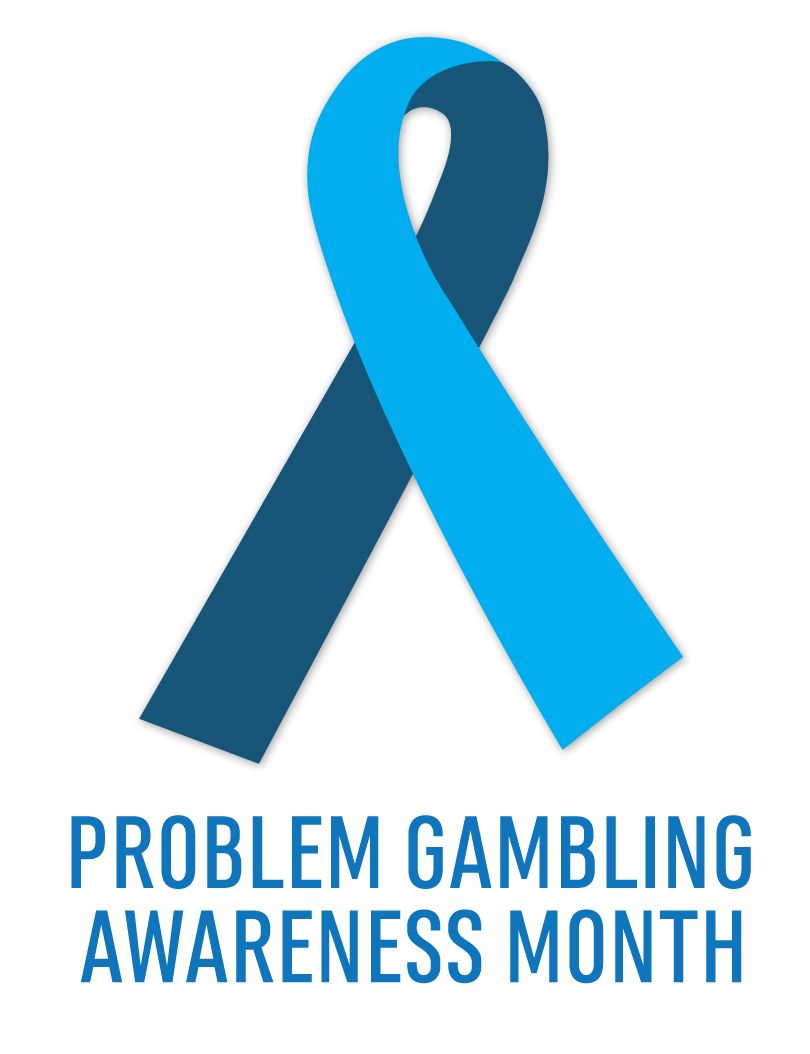Gambling Disorder Screening Day: What You Should Know

Over the past couple of years, there has been a tremendous increase in the availability and easy access to gambling, especially sports betting, across the country. It would have been hard to miss the recent barrage of advertising around sports betting. Online and mobile phone access also increases the potential for individuals to develop problems with gambling.
While most people can enjoy gambling as entertainment, for some it can become a significant problem. An estimated .4% to 4% of adults in the U.S. will develop a gambling disorder in their lifetime.
While the types and platforms for gambling are evolving, gambling is broadly defined by the National Council on Problem Gambling as wagering of something of value on a random event with the intent of winning something else of value, where instances of strategy are discounted. Gambling requires three elements to be present: consideration (an amount wagered), risk (chance) and a prize.
Gambling disorder is a recognized mental health disorder that may involve:
- Need to gamble with increasing amounts to achieve the desired excitement.
- Repeated unsuccessful efforts to control, cut back on or stop gambling.
- Frequent thoughts about gambling (such as reliving past gambling or planning future gambling).
- After losing money gambling, often returning to get even ("chasing" one's losses).
Read more on gambling disorder diagnosis and treatment.
Since gambling has become more widely available, increased rates of calls to helplines have been reported in several states. For example, a news report from Illinois last month notes that “Three years into legalization, sports gambling problems are also on the rise….. The struggle seems to hit young men under 35 years old particularly hard.” The Problem Gambling Network of Ohio reported a significant spike in calls into their helpline in the year after sports betting was legalized. In late 2022, Ohio for Responsible Gambling launched an educational campaign, Pause Before You Play, focused on responsible gambling. An education campaign in Illinois, Are You Really Winning?, seeks to raise awareness about recovery options.
Because of the increased availability of gambling, especially online, some colleges are taking action. Even before the availability of sports gambling and mobile access, an estimated 75% of college students gambled each year, according to the National Council on Problem Gambling. Towson University recently undertook an effort to reach out to students with a message to “PAWS”: “Plan ahead, Always know your limits, Wait to play again/wager again, Stop while you’re ahead.”
Recent research published in The Lancet found problematic gambling among young adults is associated with an increased risk for suicide. The association remained even after accounting for impulsivity, loneliness, low well-being, and anxiousness. (2) The authors suggest that routine screening for gambling harms be included within primary health care and other relevant public services.
Resources
- National Council on Problem Gambling.
- Brief Biosocial Gambling Screen - Cambridge Health Alliance.
- Your First Step to Change – A free self-help toolkit of resources to help start the journey toward recovery from problem gambling behavior. Massachusetts Department of Health.
References
- Black, D.W., Shaw, M. (2019). The Epidemiology of Gambling Disorder. In: Heinz, A., Romanczuk-Seiferth, N., Potenza, M. (eds) Gambling Disorder. Springer, Cham.
- The Lancet Public Health. Changes in severity of problem gambling and subsequent suicide. attempts: a longitudinal survey of young adults in Great Britain, 2018–20
- National Council on Problem Gambling. College Gambling Facts and Statistics..
